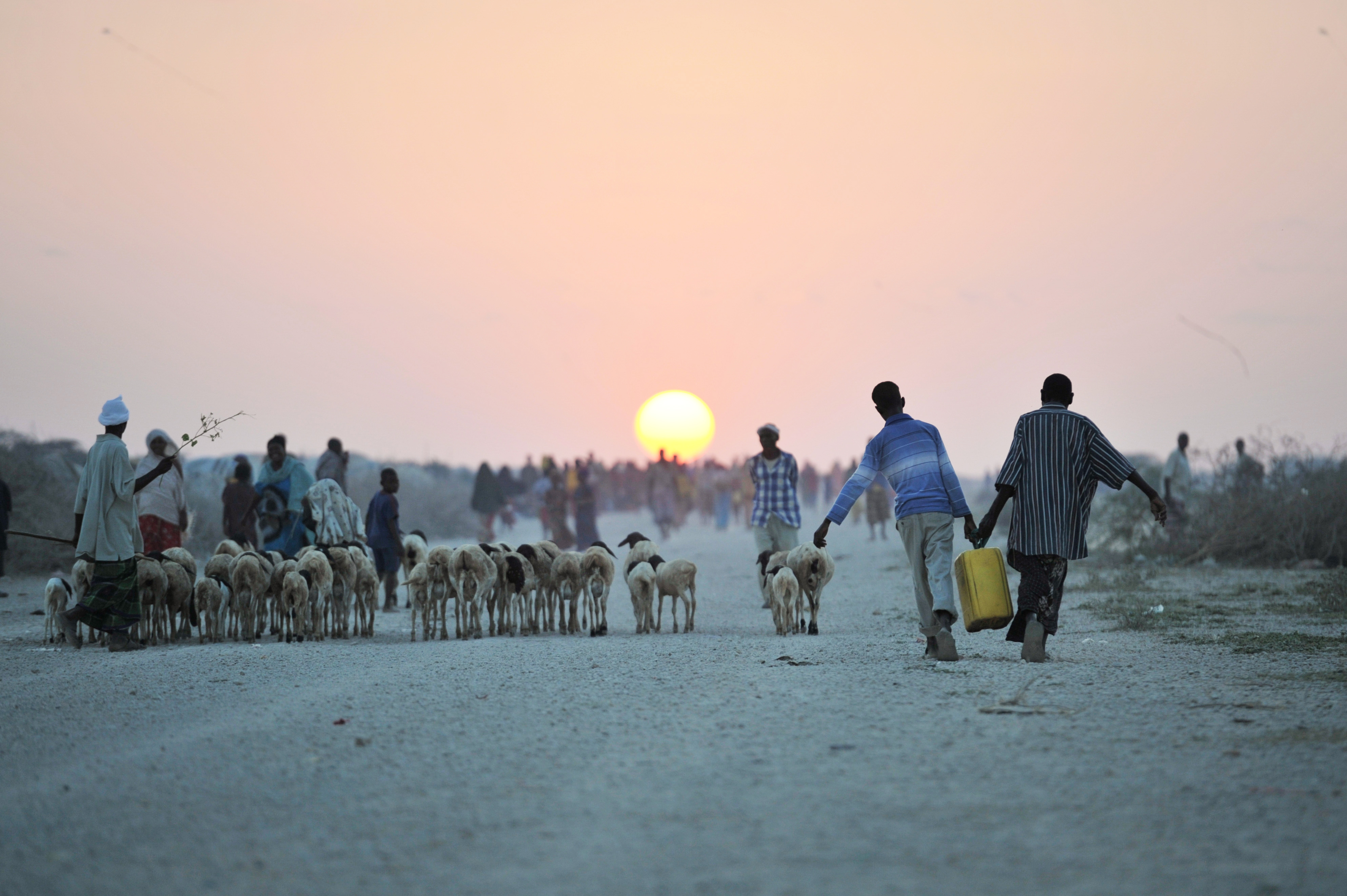💧💧World Water Day💧💧
World Water Day is an annual UN observance day (22 March) that highlights the importance of freshwater. The day is used to advocate for the sustainable management of freshwater resources.The theme of each day focuses on topics relevant to clean water, sanitation and hygiene (WASH), which is in line with the targets of Sustainable Development Goal 6.The UN World Water Development Report (WWDR) is released each year around World Water Day.
This year’s theme, ‘Water and Climate Change’, explores how water and climate change are inextricably linked.
Source :https://www.unwater.org/world-water-day-2020-water-and-climate-change/





